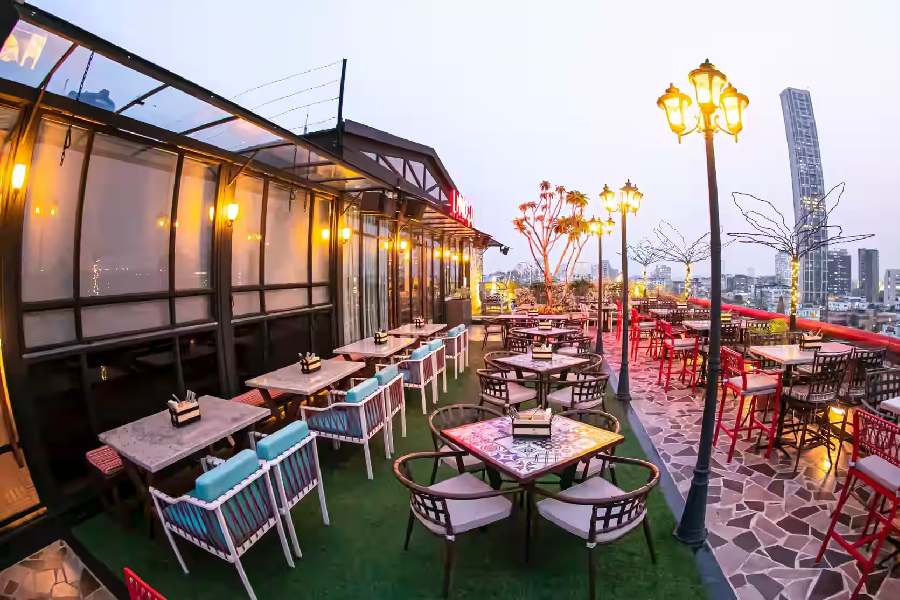 |
| The United Club, Bistupur, is one of the many heritage sites in Jamshedpur. Picture by Bhola Prasad |
Jamshedpur is only a sprightly nonagenarian, but its fascinating heritage as India’s first planned industrial city has now attracted the attention of Intach (Indian National Trust For Art and Cultural Heritage), Jharkhand chapter.
Let’s do a crash course in history.
In 1919, then Indian viceroy Lord Chelmsford named India’s fledgling industrial township Jamshedpur after Tata Steel’s visionary founder Jamsetji Nusserwanji Tata. Though the founder had died in 1904, his son Dorab got Tata Steel plant, then called Tisco, up and going in 1907 in the already chosen village, Sakchi.
The city of Jamshedpur, therefore, is 12 years younger than the plant.
Its colonial architecture — which saw the two world wars — has a mix of British, American and Indian influences in bungalows, churches, clubs and schools.
But Intach (Jharkhand), which will list out heritage structures, has started its conservation agenda with an offbeat choice. The state chapter has identified Haldipokhar station in Potka, about 35km from Jamshedpur, as a proposed site for renovation.
“Haldipokhar station is a site that we have chosen for restoration,” Amitava Ghosh, Intach (Jharkhand) co-convener, said.
The outfit will also team up with Rotary Club of Jamshedpur, which has been crusading for vintage buildings since the past three years.
Rotary has identified 15 such city sites and will launch this year’s Heritage Calendar at Beldih Club on Monday, said Ronny D’Costa, Rotarian, hotelier and conservator, whose been a front-runner of this crusade.
“As far as the city is concerned, we will definitely support Rotary Club of Jamshedpur’s initiative to restore heritage. We will prefer to collaborate with them and identify more sites for preservation and restoration,” Ghosh said.
Intach and Rotary will also start a heritage walk in the city, a concept gaining ground in many cities of the globe. Here, interested tourists or citizens take a stroll on a specific route with guides offering them historical information and anecdotes.
Meanwhile, to hook GeNext to GenEx structures, Intach sent proposals to 25 private English-medium schools and colleges to start heritage clubs in schools where students can learn and perform conservation activities.
Heritage clubs will encourage youngsters to understand, appreciate and revive the city’s historical structures in simple ways.
For instance, an aware student can tell pedestrians not to spit on or paste pamphlets on heritage surfaces.
Clubs in schools and colleges will spread awareness through various collective measures, too. They will invite local and foreign experts and personalities for conferences and interviews, host talks at culture hubs, halls and other public spaces, set up exhibitions and fete personalities engaged in contributing in heritage preservation.
Which old buildings do you want to bring to Intach’s notice? Tell ttkhand@abpmail.com
 |











